We might know a lot about applying TransTape by now, but do we know how to properly remove it? Improperly removing TransTape can lead to discomfort or blistering and we don't want that! A lot of users change some things that make it easier for themselves after a while but we should all start with the same basic removal process in the beginning.

Welcome back!
You've probably noticed by now that I am a proud affiliate and massive supporter of TransTape. It has made a huge impact on my life that I'll always be grateful for.
TransTape has made it possible for me to comfortably and confidently live my daily life and I'm determined to help spread the word about it in hopes that it'll help someone change their life like it did for me.

We've talked about TransTape in the past, but let's have a quick review.
It can be used in place of binders, packing harnesses and other gender affirming products and can be worn for up to 5 days in a row, through even the toughest days.
TransTape is made with a 95% cotton and 5% spandex blend and with non-medicated, latex free, medical grade acrylic adhesive. This adhesive is meant to last through heavy activity, showering, dirt, sweat and so much more on a daily basis.
It is not meant to give out on you, so it's key to be patient during the removal process.
As important as your application is, the removal is just as important. You could even argue that it's more important.
Always use oil when removing TransTape and avoid ripping or tearing it away from your skin. Take your time and don't rush.
If you don't remove TransTape properly, it could lead to blistering or other skin irritation.
Improper removal is one the most common causes of skin irritation and blistering while using TransTape.
Now, enough of the lecture, let's get to it!
Step One
Gather the essentials!

This is what you'll need for today's project:
1 bottle of Cooking Oil (Canola, Olive, Coconut, etc.)
TransTape Repairing Salve
And that's about it!
Everyone uses a different amount of oil, but it's always a good idea to keep an excess amount available so you are able to add more whenever you feel like you need it.
And if you don't have the official TT Removal Oil, that's okay!
You can generally use any oil that you might find in the kitchen. This includes Olive Oil, Canola Oil, Coconut Oil and plenty more.

What is the TransTape Removal Oil?
TransTape's Removal Oil is made with jojoba oil.
You don't have to use this oil, but it's specifically made for the TransTape removal process.
And to repair and restore your skin.
The only oil that is not recommended for TransTape removal is baby oil.
Baby oil is a petroleum based mineral oil and can lead to clogged pores.
Stay clear of that stuff and you're good to go!
Step Two
Soak your tape in oil!

Let. It. Rain.
Don't be shy with the amount of oil you use. The reason we use oil is to loosen the adhesive from your skin.
So the more the merrier!
Fully saturate your tape and as you apply, look for the spots on your tape that are soaking it up the most and apply more if needed.

As you apply the oil, rub it in with your hand and spread some around the area where your tape is.
If there are any spots that started to peel while you were wearing it, drop some oil in those creases or folds and let it soak in underneath the tape.
No dry spots allowed!
Pro-Tip!
Keep your hands covered in oil!

Keeping a thin layer of oil on your hands, or just your finger-tips, can make things like peeling up corners a little bit easier.
As you are removing it later on, you can use your hand to massage oil into where it's peeling away from the skin.
This will be more gentle on your skin and help your removal go a lot smoother.

Step Three
Wait 1 to 5 minutes!
After slathering yourself in oil, give it time to work its way into the tape and break up the adhesive.
When you wait longer than 5 minutes, sometimes the adhesive will stick around on your skin after you start peeling the tape back.
Fear not, if that happens it will still come off. Just gently massage the area with either soap and warm water in a shower or use more oil.
Everyone's skin is different and will likely require different amounts of oil and different time spans of letting the oil soak.
If you feel like the tape isn't loosening up from your skin after waiting 5 minutes, go ahead and try applying another round of oil instead of extending your wait time.
There's nothing wrong with changing it up a bit, just make sure you're adding enough oil for your skin and giving your body enough time to soak it up.

Step Four
Slowly start to peel the tape back!
With some oil on your hands, slowly and gently start to peel the tape back from the center of your chest out to your sides.
I like to start with peeling up the corner and then work my way around the rest of the tape.

As you peel back, continue to add more oil as needed.
Peel very slowly and carefully to avoid injuring your skin.
Ripping it off like a band-aid is not the way to do this.
If you peel too fast, you may end up with raised and irritated skin, or blisters, even while using oil.

When in doubt, add more oil.
Pay attention to your skin as you remove the tape.
If it starts to hurt or pull, add more oil and rub it in to help loosen it up more before continuing.
Be patient and take it slow.
Pro-Tip!
Remove your tape in the shower or in a bath!
You can still comfortably remove TransTape without a bath or shower but for some people, including myself, this creates an overall easier and more gentle experience.
The warm water and oil soaking into the tape helps it separate and peel back even easier.
And if you choose to remove it in a bathtub, you can actually add some of the removal oil directly to your bath water for an even better experience.
If you are someone who has sensitive skin, I highly recommend removing your TransTape in a bath or a shower.
Step Five
Rub some oil into your naked skin!



After you remove the tape, rub some oil into your skin to help re-hydrate and moisten the area.
This also helps strengthen the tissue and increase blood circulation and elasticity which is super helpful for future applications and removals.
Make sure you apply oil everywhere that your tape was applied, including your nipples that were under guards and tape.

Step Six
Apply Repairing Salve to your skin!
You don't necessarily need repairing salve but I do recommend it, especially if you have sensitive skin.
Later on, you may have certain areas that are still irritated.
After your tape is completely removed and your skin is clean and dry, you can apply this salve.

You can apply it to any affected areas to help speed up your skin's recovery.
Affected areas would be raised skin or red rashes from irritation.
Never apply Repairing Salve to an open wound.
I always apply a decent layer of salve to any irritated areas and it definitely makes a difference.

What is Repairing Salve?
TransTape's Repairing Salve is made up of Organic Coconut Oil, Shea Butter, Beeswax and an essential oil blend of Cedarwood, Monarda and Frankincense.
You can apply this salve to any dry, chapped or damaged skin.
It's also a great chapstick!
It was created with TransTape in mind to help rebuild lost skin cells after removal, soothe irritation and to strengthen your skin overall. This is another product that is highly recommended, especially for those with sensitive skin.
Do not apply Repairing Salve to broken or open skin. Allow a few days for a barrier or scab to form before applying any salve.

That's It!
At this point, you're probably tape-less!
If so, I hope your removal went smoothly and you're on your way to having a nice relaxing day at home while your body takes a break from taping.
When I first started using TransTape I was stubborn and didn't want to spend the extra money on Removal Oil and Repairing Salve.
This is your sign to not be stubborn about this like I was.
But it's more money and my skin is strong! I know, I know.
But after I injured my skin a couple times, badly enough that I couldn't apply for longer than usual, I finally bought the oil and salve.
And it does make a difference.
Not Quite Done Yet
Removing TransTape can also be a difficult process for more than one reason.
When removing our tape, in many cases, we are revealing one of the least liked parts of our body and that can be very difficult for some of us.
For me, it's a more emotional experience than applying.
For processes like applying and removing TransTape, it's always important to start them with a good mindset. That's a lot easier said than done, but it makes a difference.
If you start to feel overwhelmed, take a second to step back and re-center yourself. It can be helpful to remind yourself of the things that you do like about yourself or things that you enjoy in general.
Maybe it's your hair, maybe your love for empanadas (like me) or maybe you love that sweet shower singing voice you got going on.
Sometimes this can help us shift the focus to be more positive so we can continue with the harder tasks.
Don't let the dysphoria bully keep you down.
I hope this helped break-down the scary task of removing your TransTape.
Until next time, stay awesome, stay beautiful, stay you.
You are loved and it gets better.
Talk to you soon,
Jamie

Welcome to the cool kids club!
My name is Jamie and I'm a young (ish) transman born and raised in the Hudson Valley of New York state. I started my transition in May of 2017 and since then, I've made it my mission to live unapologetically as myself and spread awareness through my pursuit of happiness. I am the creator and writer of Spilling T blog, a proud affiliate of TransTape and when I'm not outside with the best dog ever or hanging out with my two cats, I make and sell my own beard care products through Buckaroo's Beard Care. I'm always looking for my next adventure and have been skydiving, road-tripping, hiking in the mountains and even served for a short time in the United States Marine Corps. My life has had its fair share of twists and turns and I hope to use those experiences to create helpful and relatable content that may help someone else navigate a difficult time in life.

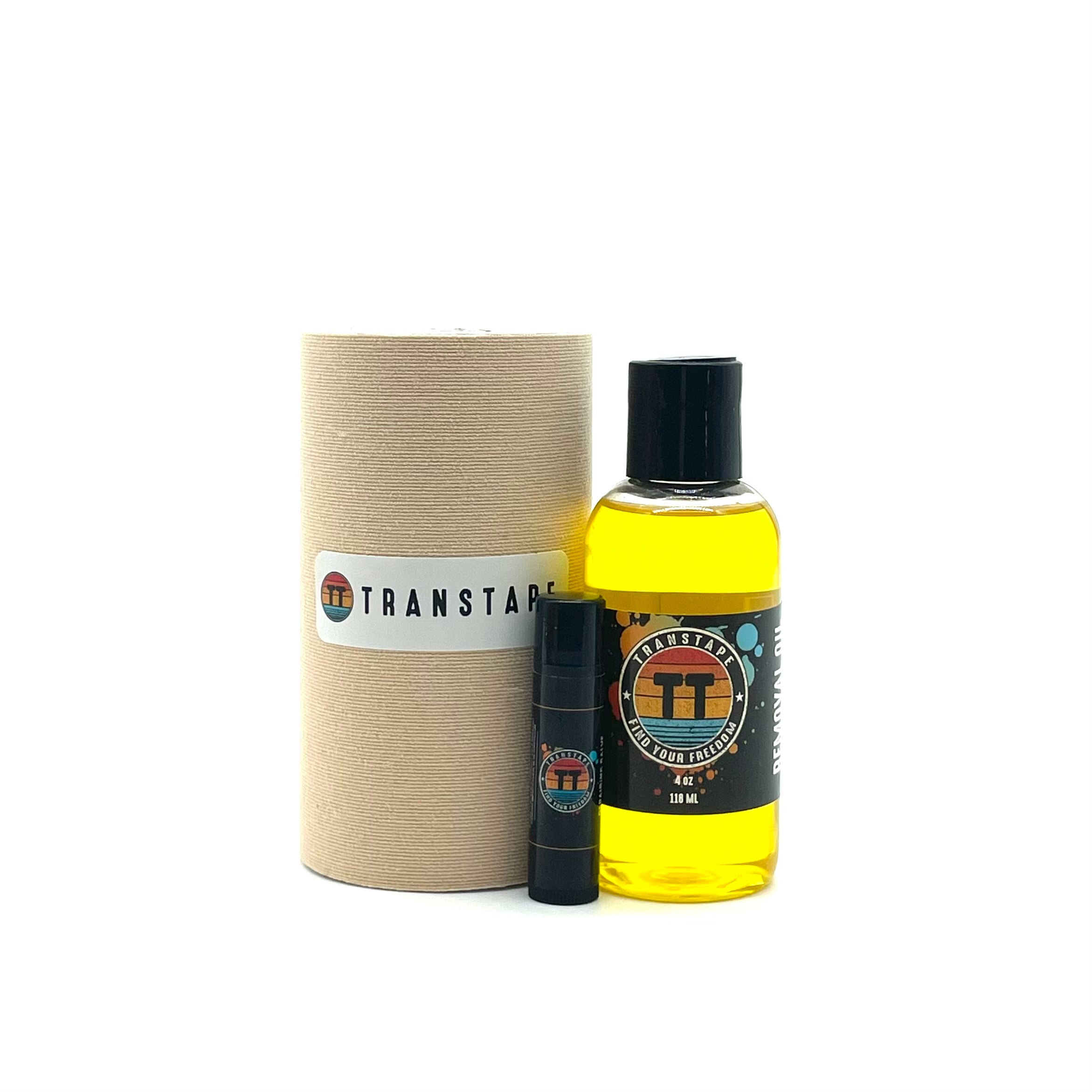
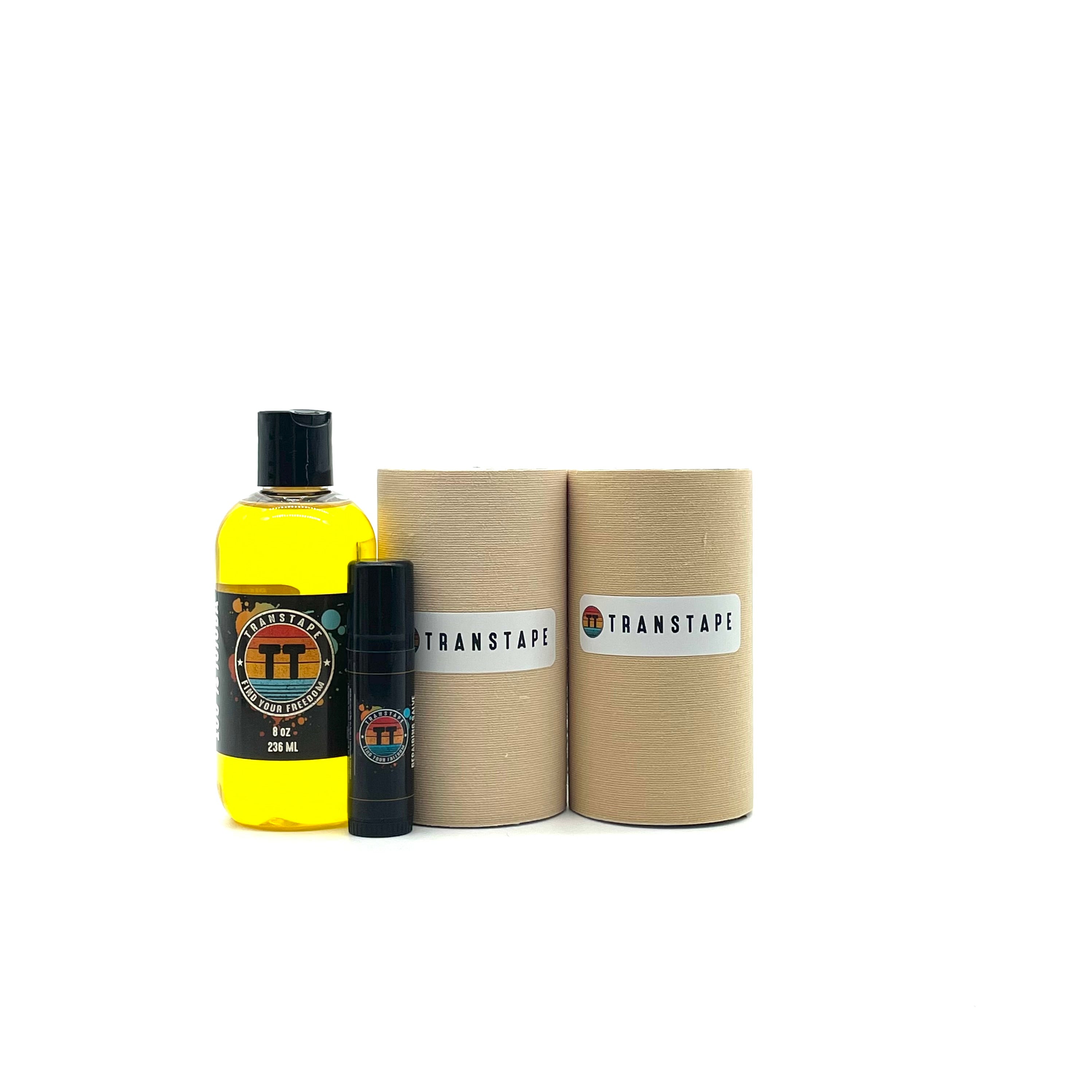
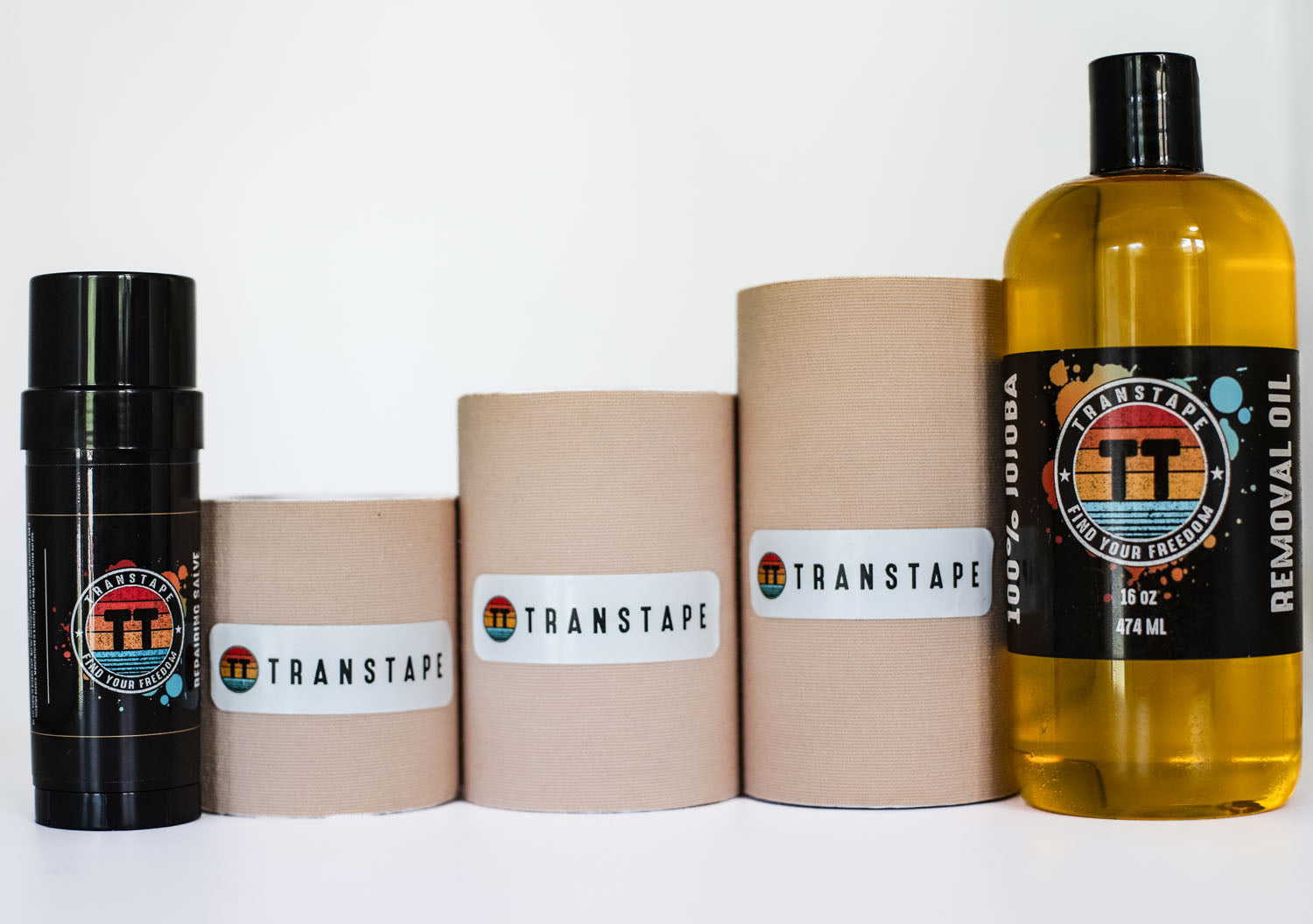
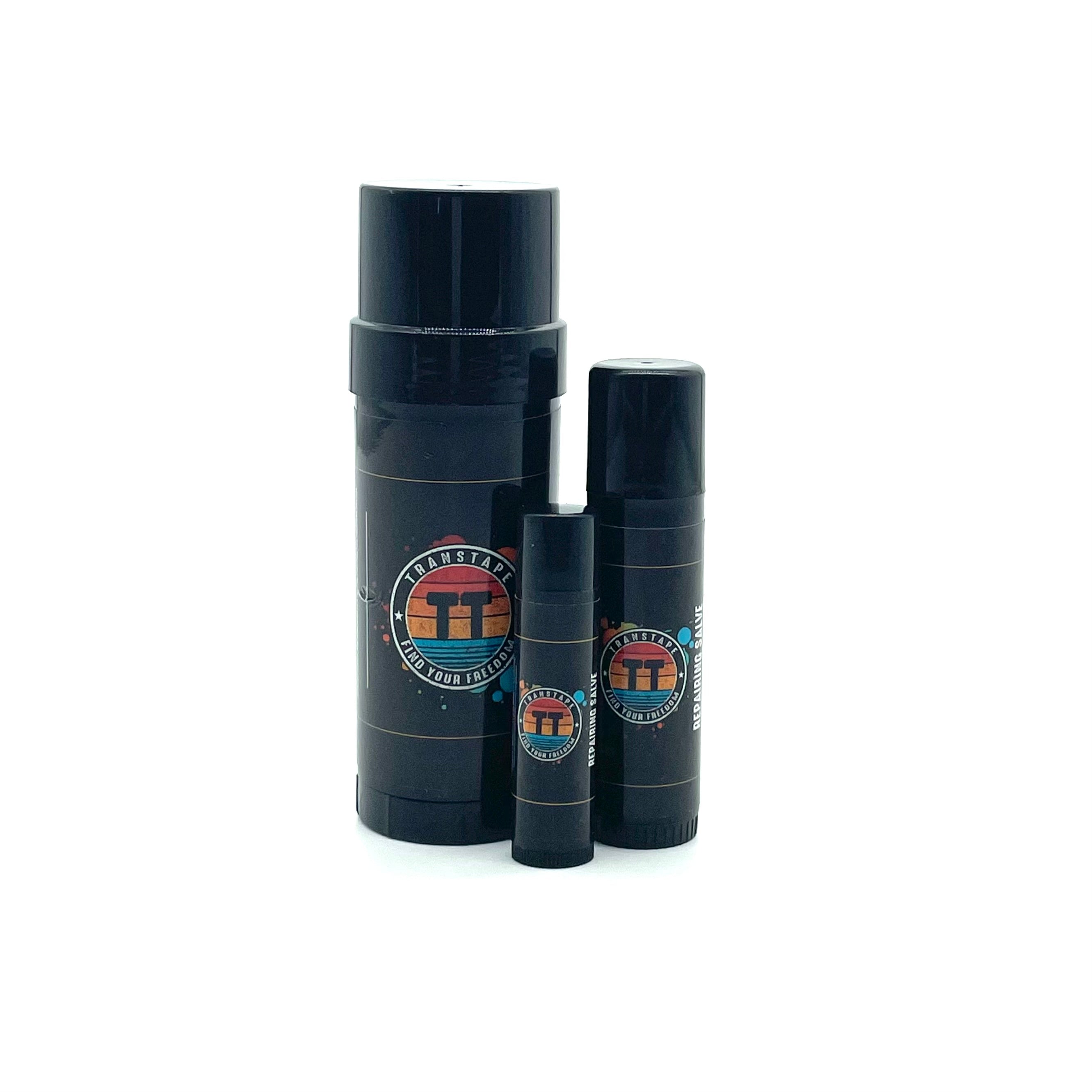
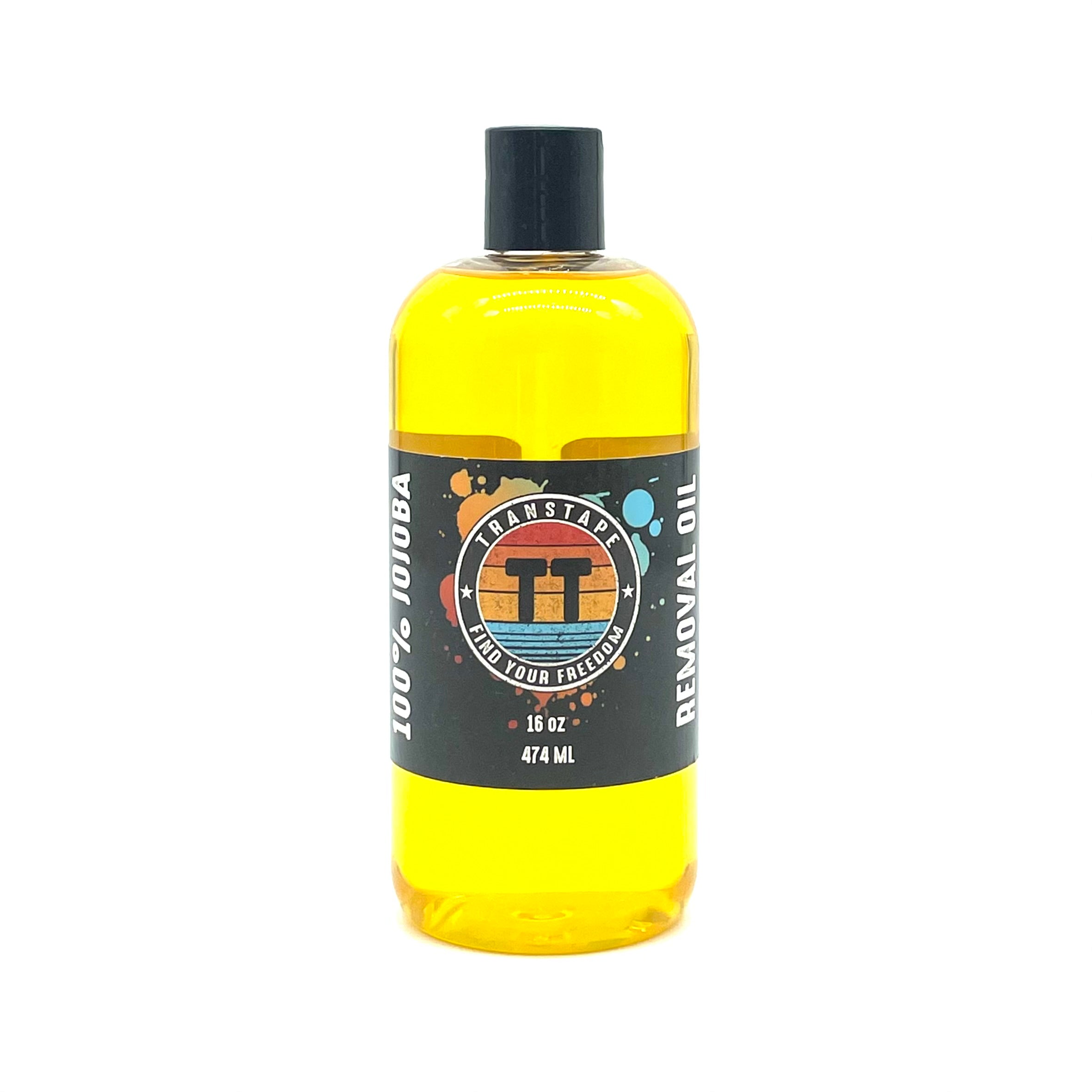
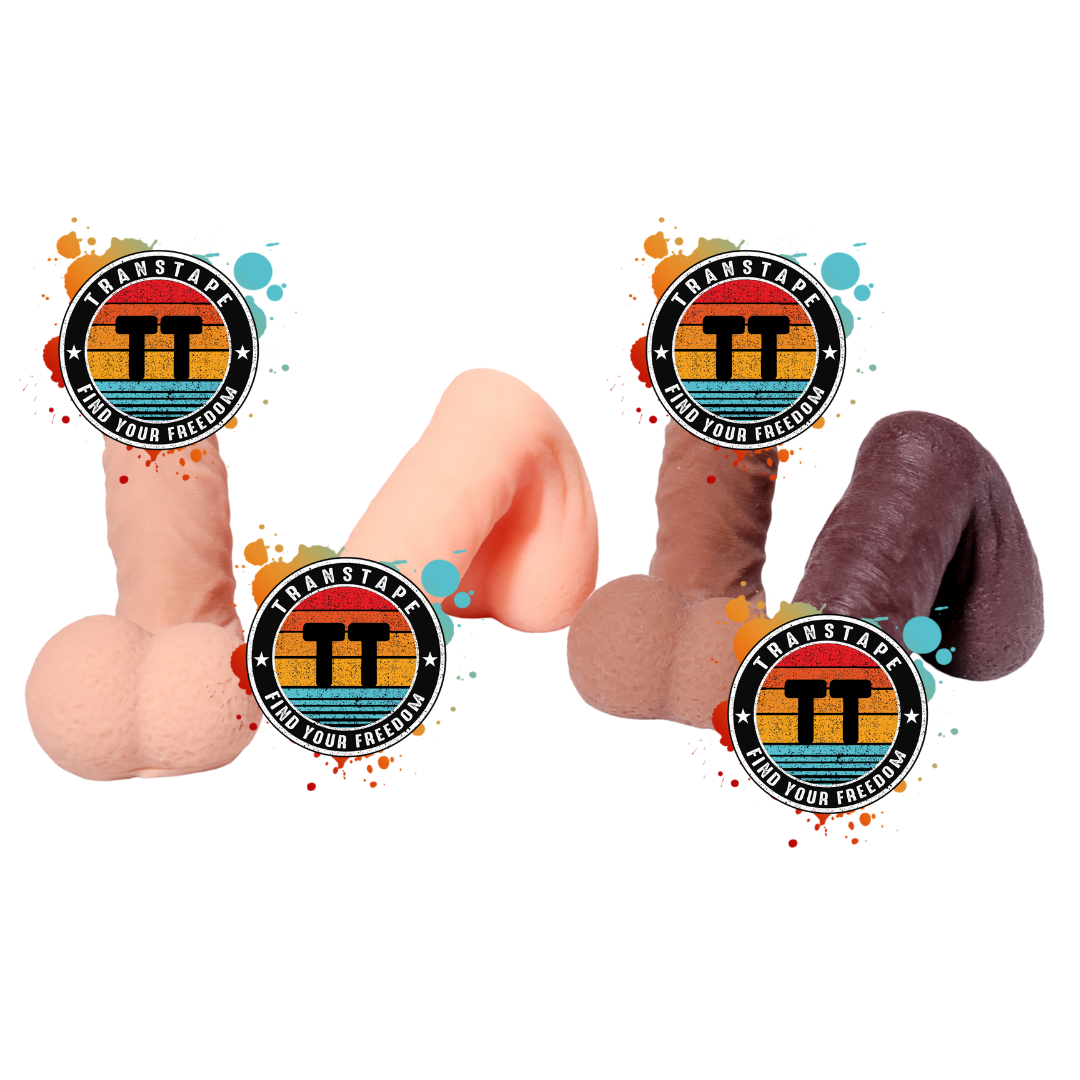
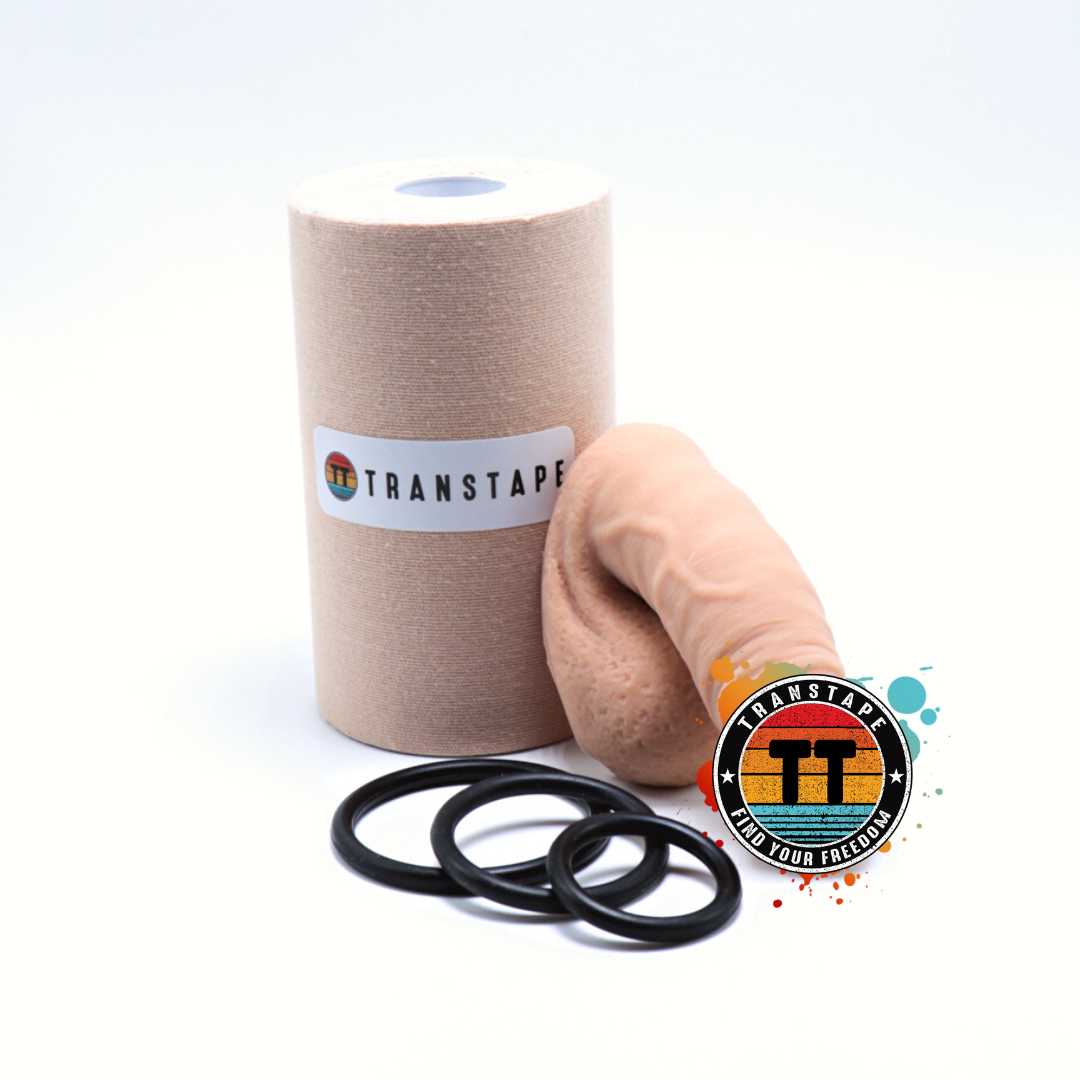
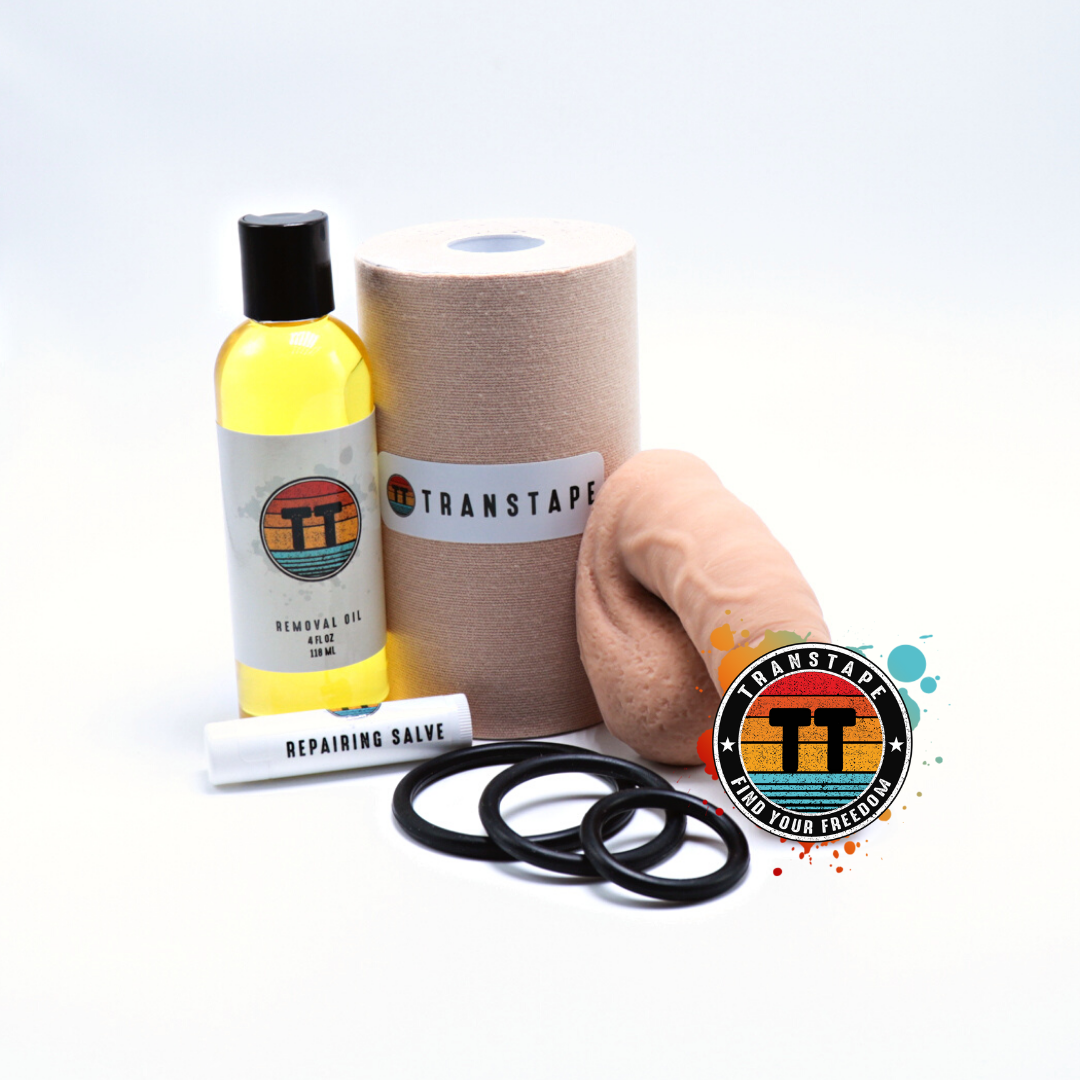
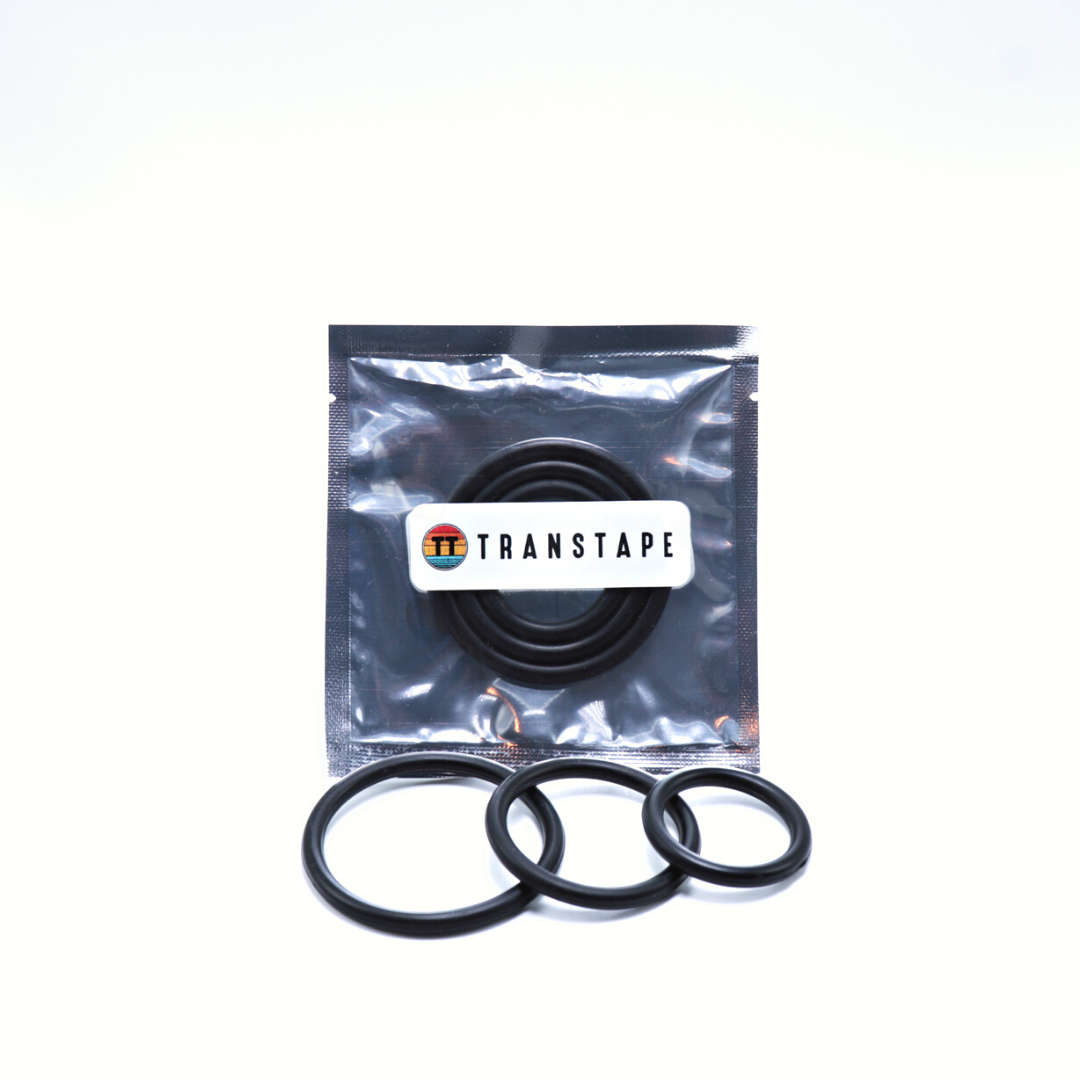
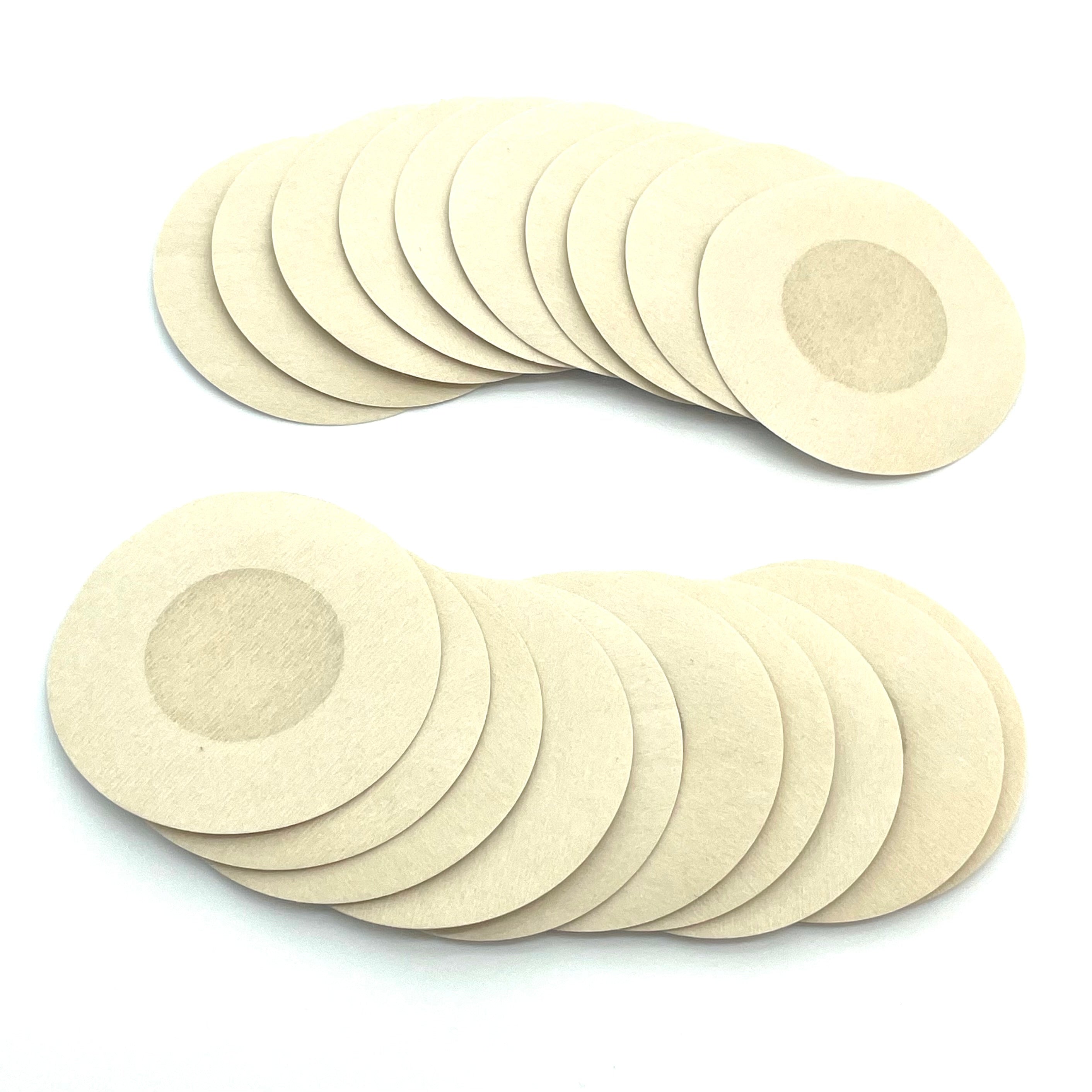
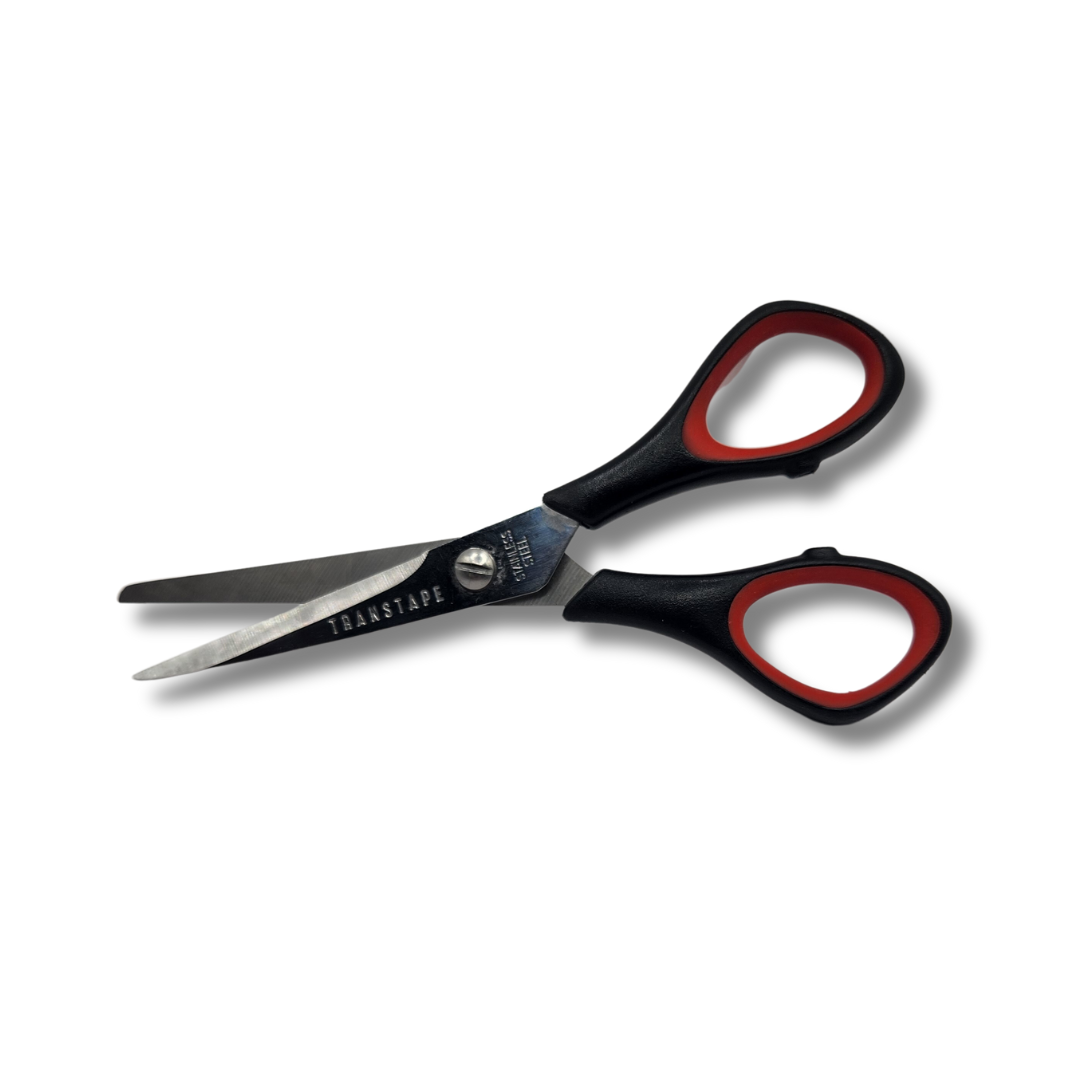
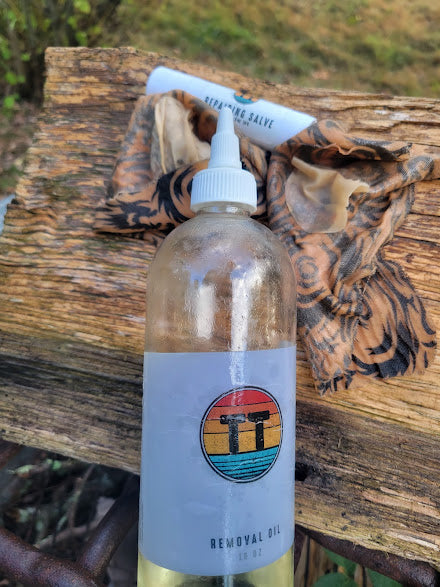


3 comments
I tried trans tape for the first time and the experience was really great and it was made easier by watching a bunch of tutorials, including this page.
I took the tape off and there weren’t any blisters but there were a few little red dots on my skin, kind of like “heat bumps” that one would get in summer from the heat, if that makes sense.
My question is, do you wait until skin irritation of any kind is gone before using new tape?
Thank you
Hey, I just want to tell you how much I appreciate what it is you do, I am a 14 year old trans boy, and I am so happy I have someone so amazing to look up to.
Please never give up, I’m counting on you
Tommy
Thank you so much! I just winged it on my first trans tape binding application, as I wasn’t ready to seek tutorial s or ask a transmasc mate. I knew I need to use oil to help remove it, but not much else. I started removing it, then when it hurt a bit, I looked for an article like this to guide me. I took more caution when I read as you guide here. I didn’t have any repairing salve, but because you said what in them, I grabbed the nearest thing from my bathroom (a body butter) which I think has helped. My skin is a bit red and raw, with no more damage than that thanks to the guidance from you and mate who stressed I use oil for removal when I first considered trans tape and the website I bought from stressing to use oil for removal too